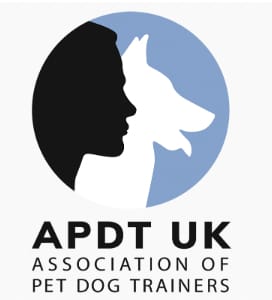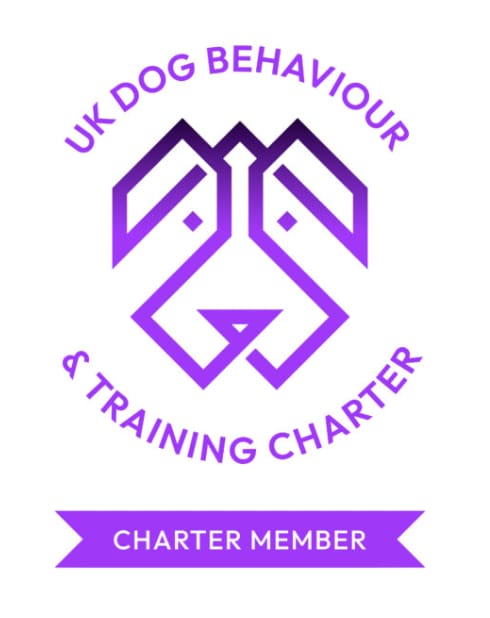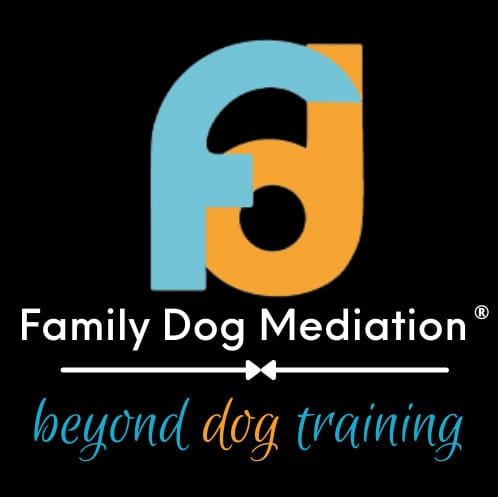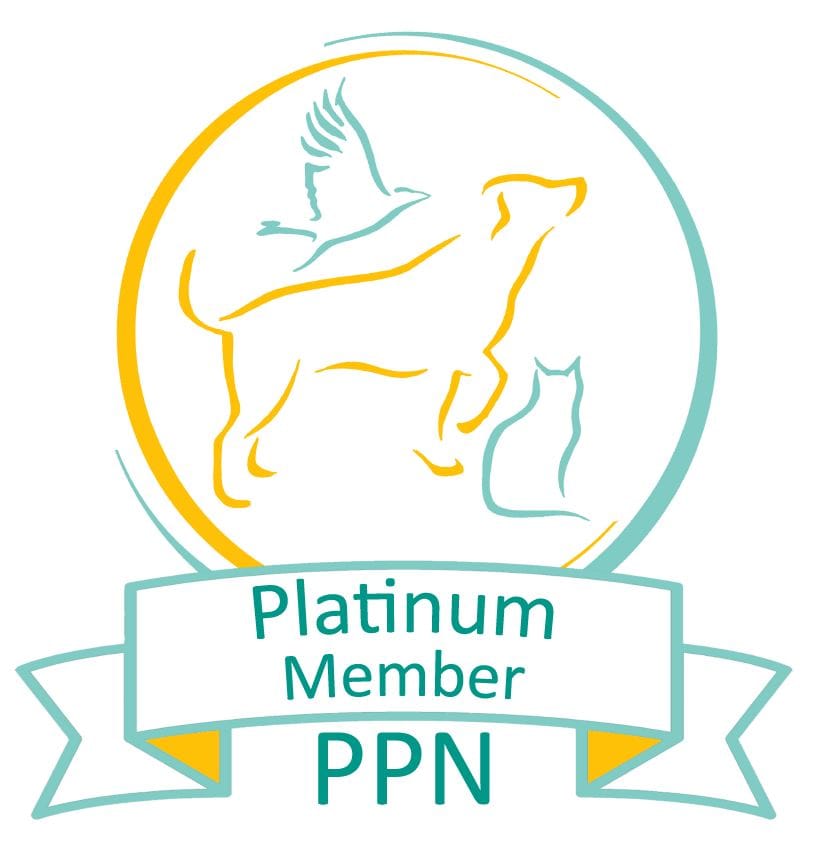The Importance of Body Language When Training Your Dog
22/06/2017 - Blog
Training your dog is important for their domestication and the joy of your relationship (and to prevent antisocial behaviours), and forming a rapport is the basis for trust and communication. Some people are sure their dogs can talk but obviously, they can’t give evidence in court; their communication comes through their body language and understanding how your canine companion speaks in this way, as well as how they understand your own body language, is fundamental to proper training.
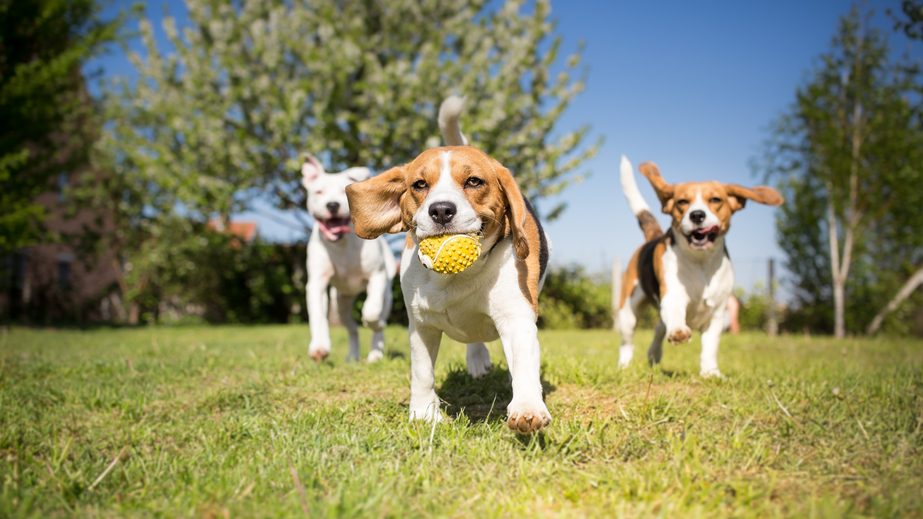

In the field of scientific study, the ability of dogs to seemingly read their masters every thought is known as “social cognition”. Your dog is looking for you to lead, so it is always on the lookout for cues and to be there when you call, and thankfully these traits are deeply ingrained in domesticated dogs so all you have to do is understand some basic principles and you’re more than halfway to getting your dog trained.
It is worth bearing in mind that different breeds of dog have been trained and bred for different purposes and so some of their behaviour will lean towards certain activities or situations. For example, Collies were bred for herding livestock whereas Terriers were bred to hunt out vermin, so their characters will differ slightly. However, they will all adhere to certain universal behavioural patterns.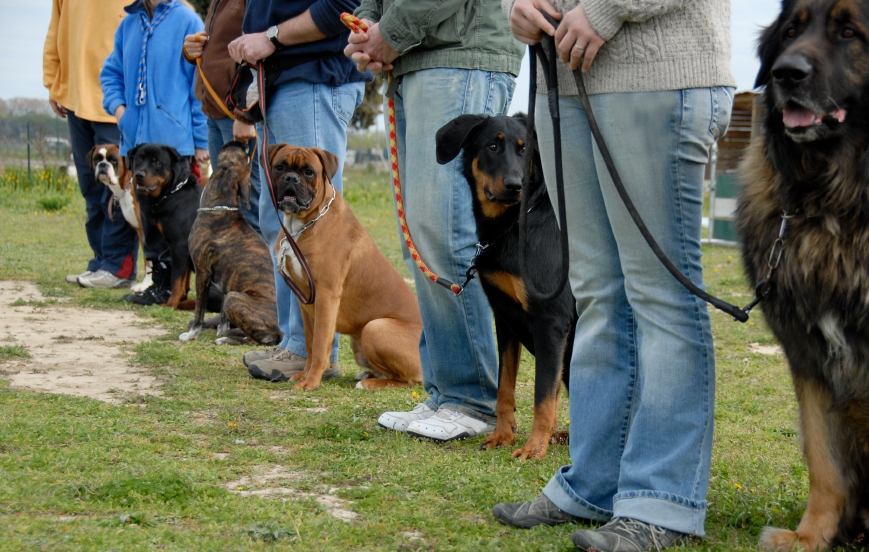
Learn the Lingo
If you are not particularly familiar with canine body language then it is advised that you obtain some sort of chart to help study the various combinations of features that indicate what a dog is expressing. There are usually eight or nine moods that are given as guides to reading a dogs emotional state and will often include the following:- Relaxed Approachable
- Alert- Checking Things Out
- Dominant Aggressive
- Fearful and Aggressive
- Stressed and Distressed
- Fearful and Worried
- Extreme Fear- Total Submission
- Playfulness
Greetings!
As an example, consider the situation of greeting a dog. Our usual body language is actually counter to what a dog responds positively to. Facing directly and looking a dog in the eyes will be seen as intimidating. It is better to sit down or crouch slightly turned away and any contact with the dog should be on neutral areas, e.g. the chest or shoulders. If a dog jumps up at you, pushing it away or holding the collar will be seen as playful and will encourage the dogs behaviour. It is best to stand still, with your arms folded and look away. Learning this vocabulary and how to apply is part of the training we offer here at CK9 Training. We provide a variety of courses that give you chance to practice this in different situations, and we also offer private and individual sessions to really help you refine your communication with your four-legged friend. Have a look at our courses, workshops and services to see how we can help you train your dog and make your relationship a happy and fulfilling one.
Copyright © 2025 CK9 Training
